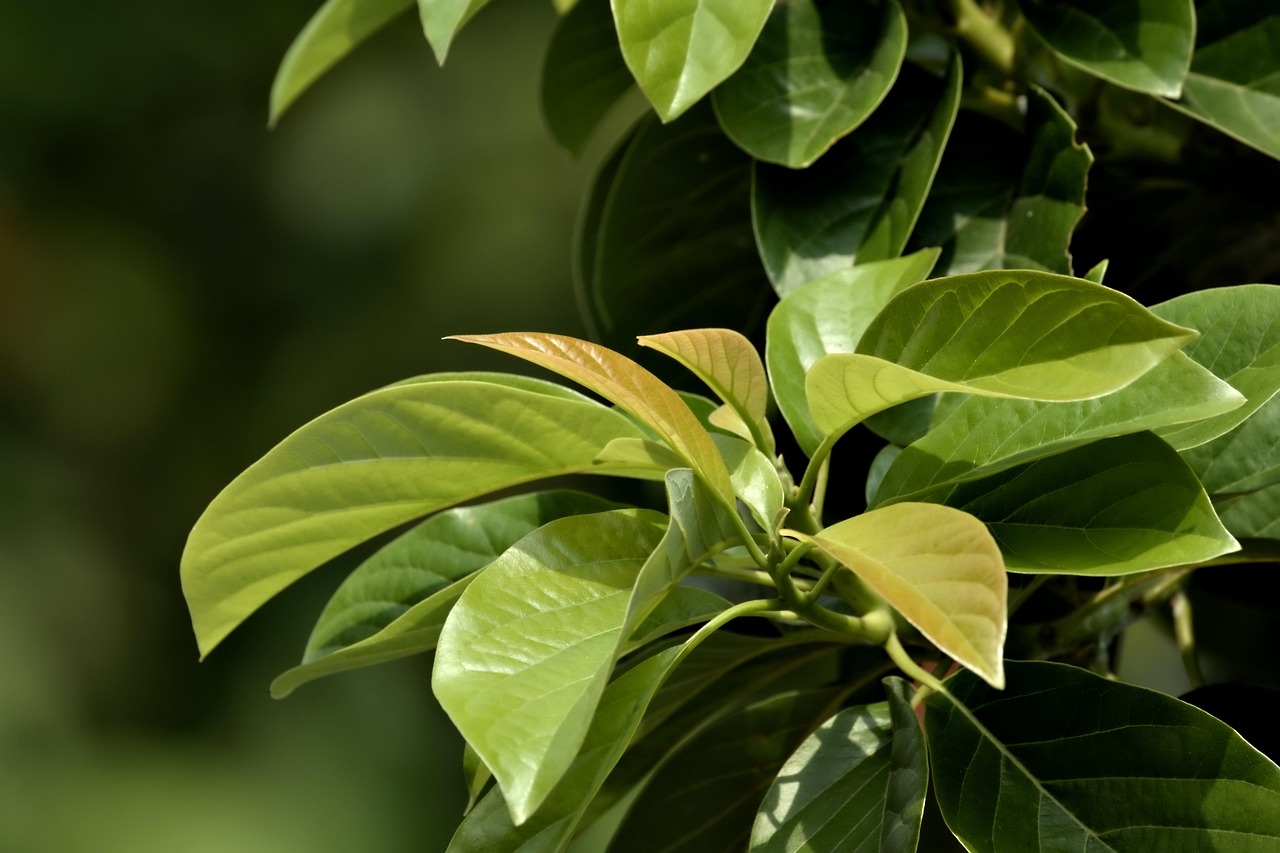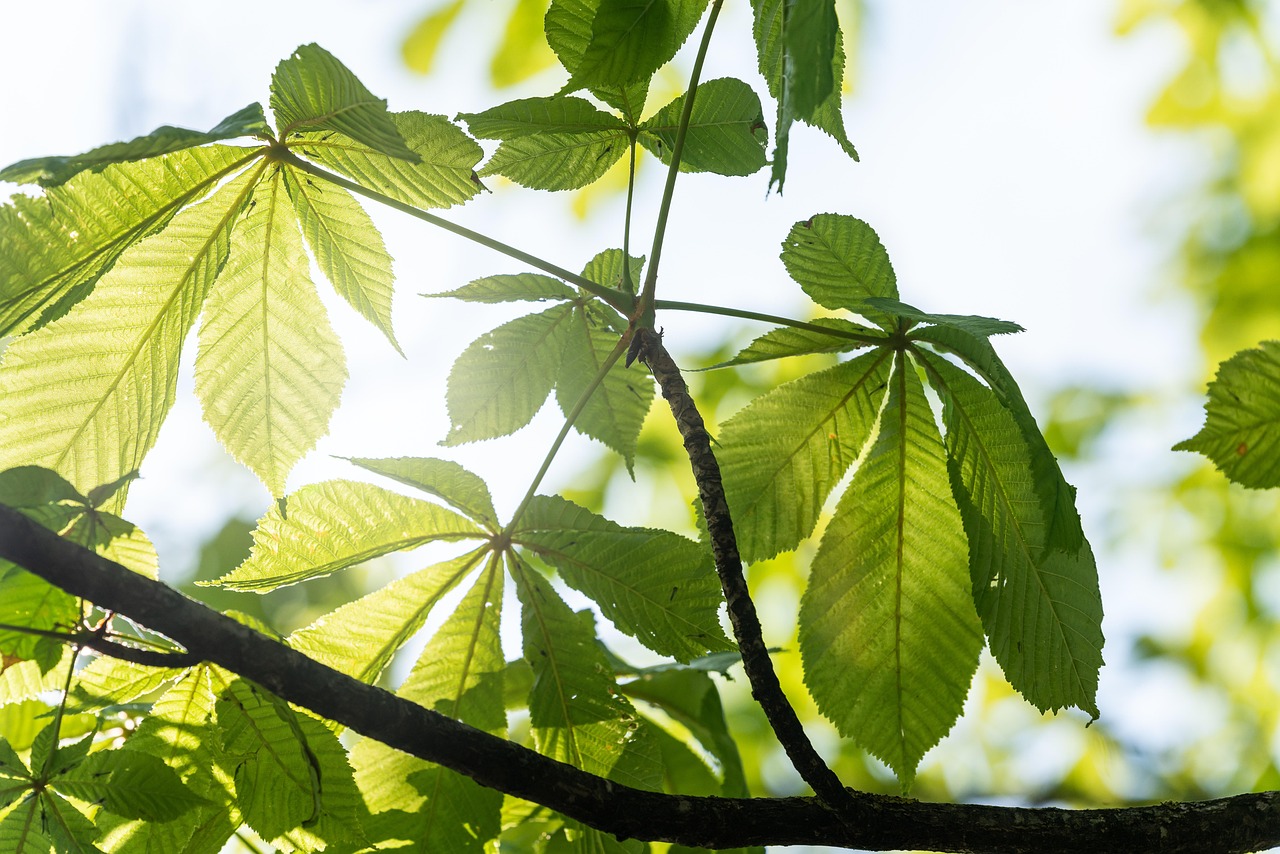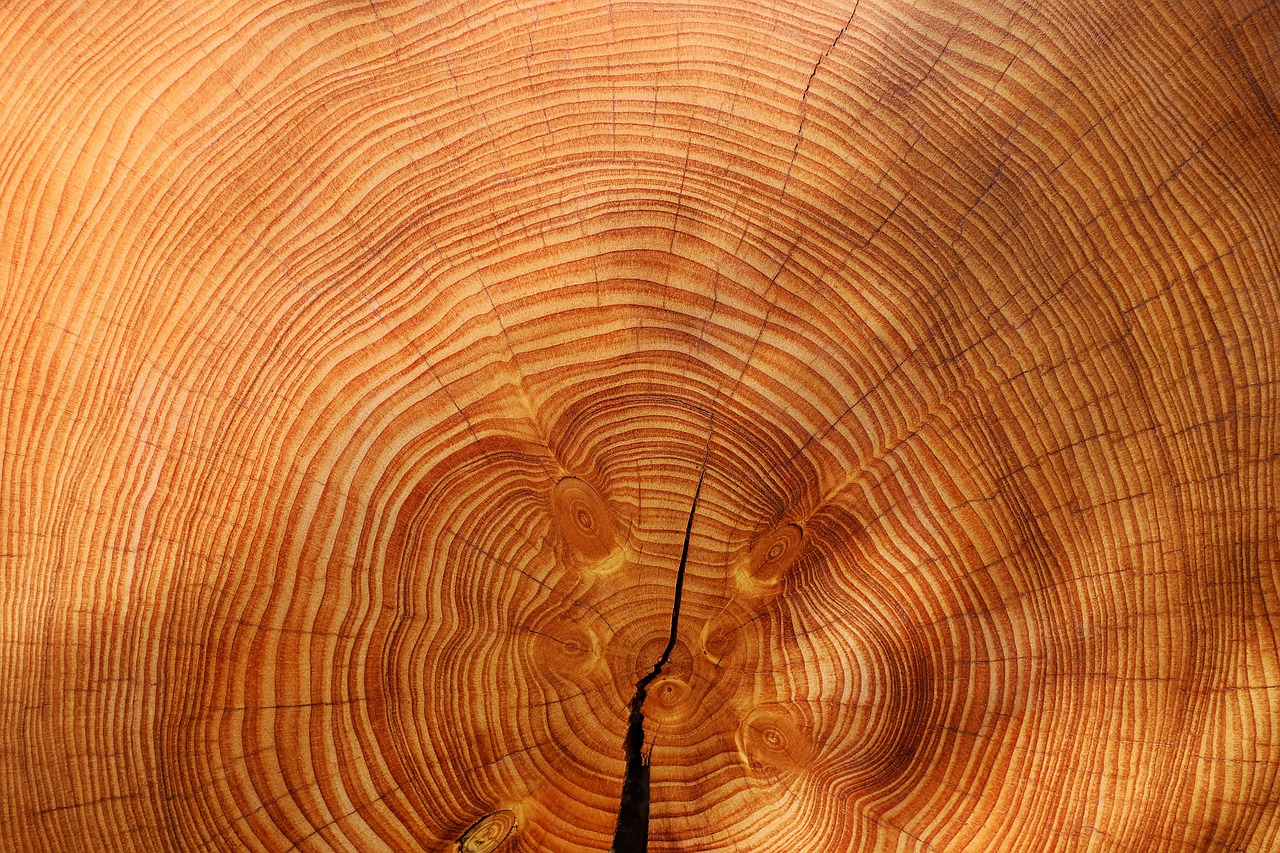One-year tree growth varies significantly across species, influenced by factors like climate, soil quality, and species characteristics. Fast-growing species can reach substantial heights, while slower-growing varieties may develop more slowly but offer unique benefits.
Understanding Tree Growth in the First Year
Tree growth within the first year is crucial for establishing a strong foundation. During this period, trees focus on developing their root systems and producing new foliage. The extent of growth depends not only on the species but also on environmental conditions such as sunlight, water availability, and nutrient richness in the soil.

Different tree species exhibit varying growth rates. Some trees are known for their rapid development, while others may take a more gradual approach. This diversity is essential for landscaping and forestry decisions, as selecting the right species can greatly impact the success of planting efforts.
To better understand how tree species grow in their first year, it is useful to examine examples from various categories of trees. Below is a table that highlights some common tree species and their average growth rates during this critical period.
| Tree Species | Average Height Growth (inches) | Growth Rate Classification |
|---|---|---|
| Red Maple | 24 to 36 | Fast-growing |
| White Oak | 12 to 24 | Moderate-growing |
| Ponderosa Pine | 18 to 30 | Fast-growing |
| Sugar Maple | 10 to 20 | Slow-growing |
| Eastern Red Cedar | 12 to 24 | Moderate-growing |
The growth classifications provide insight into how quickly trees can be expected to reach significant heights within the first year. Fast-growing trees like the Red Maple and Ponderosa Pine can add impressive inches to their height quickly, making them popular choices for rapid landscape results.

In contrast, trees like the Sugar Maple may take longer to establish but can offer beautiful foliage and a strong presence in the landscape over time. Understanding these dynamics is essential for anyone considering tree planting or forestry management.
Additionally, the care and maintenance provided during the first year can significantly influence a tree’s growth. Proper watering, mulching, and protection from pests are vital components that can improve growth rates regardless of species.
It is also important to consider local climate conditions when selecting trees for planting. Trees that thrive in particular environments will typically experience better growth. For instance, species native to specific regions often adapt better due to their evolution alongside regional weather patterns and soil types.

Factors Influencing One-Year Tree Growth
Several factors play a role in determining how well a tree grows during its first year. These include:
- Soil Quality: Nutrient-rich soil promotes healthy root development.
- Water Access: Adequate water supply is crucial for sustaining growth.
- Sunlight: Sufficient sunlight is necessary for photosynthesis and overall health.
- Pest Control: Protecting young trees from pests ensures they do not suffer setbacks.
- Temperature: Optimal temperature ranges vary by species and can affect growth rates.
In conclusion, understanding the nuances of one-year tree growth provides valuable insights for both amateur and professional gardeners. Each species has unique traits that dictate its growth potential, making it essential to choose wisely based on individual needs and environmental conditions.
This exploration of tree growth sets the stage for deeper discussions on specific species and their growth patterns in subsequent sections.
Fast-Growing Tree Species
Fast-growing tree species are often sought after for landscaping and reforestation efforts. These trees can quickly provide shade, enhance aesthetics, and improve air quality. Understanding the characteristics of these species helps growers make informed decisions about planting.

Some of the most notable fast-growing tree species include:
- Red Maple (Acer rubrum): Known for its brilliant fall colors, this tree can grow up to 36 inches in its first year under ideal conditions.
- Ponderosa Pine (Pinus ponderosa): This species thrives in various climates and can add 18 to 30 inches in height during its first year.
- Eastern Cottonwood (Populus deltoides): Famous for its rapid growth, it can reach up to 24 inches or more in just one year.
- Black Locust (Robinia pseudoacacia): This leguminous tree grows quickly and can reach heights of about 30 inches in favorable conditions.
Environmental Requirements for Fast Growth
Fast-growing trees generally require specific environmental conditions to thrive. The following factors are essential:
- Sunlight: Most fast-growing species need full sun exposure for optimal growth.
- Soil Type: Well-drained, nutrient-rich soils are preferred, as they support healthy root development.
- Water Needs: Regular watering is crucial, especially during dry spells, to ensure steady growth.
- Pest Management: Keeping an eye out for pests helps prevent potential damage that could hinder growth.
Moderate-Growing Tree Species
While fast-growing trees have their advantages, moderate-growing species also play a vital role in ecosystems and landscapes. These trees often provide stability and longevity. Below are examples of moderate-growing tree species:
| Tree Species | Average Height Growth (inches) | Characteristics |
|---|---|---|
| White Oak (Quercus alba) | 12 to 24 | Strong wood; excellent wildlife habitat. |
| Eastern Red Cedar (Juniperus virginiana) | 12 to 24 | Drought-resistant; aromatic foliage. |
| Sugar Maple (Acer saccharum) | 10 to 20 | Beautiful fall color; produces sap for syrup. |
| Catalpa (Catalpa speciosa) | 15 to 30 | Large leaves; attractive flowers; attracts pollinators. |
Moderate-growing trees provide a balance between quick establishment and long-term durability. They often require less maintenance compared to fast-growing varieties while still enhancing the landscape.
Care and Maintenance for Moderate Growth
Caring for moderate-growing trees involves several key practices that promote healthy development. These include:
- Watering: Providing adequate moisture, especially during the first year, ensures the tree establishes well.
- Mulching: Applying mulch around the base helps conserve moisture and suppress weeds.
- Pruning: Light pruning during the early years can help shape the tree and encourage strong branch structure.
- Nutrient Management: Fertilizing with a balanced tree fertilizer can support healthy growth, especially in poor soils.
Slow-Growing Tree Species
Slow-growing tree species may take longer to reach maturity but often offer unique benefits. These trees typically have denser wood and longer lifespans, making them valuable for various ecological roles. Examples of slow-growing species include:
- Bald Cypress (Taxodium distichum): This tree can take up to five years to reach significant height but is resistant to flooding.
- Ponderosa Pine (Pinus ponderosa): While it can grow quickly, it may also grow slowly in certain environments.
- Sugar Pine (Pinus lambertiana): Known for its long needles and cones, it grows slowly but can live for hundreds of years.
The benefits of slow-growing trees should not be overlooked. They often contribute significantly to biodiversity, providing habitats for various wildlife species. Additionally, their slower growth allows them to adapt more readily to their environment over time.
Factors Affecting Growth Rates Across Tree Species
Understanding the various factors that influence tree growth is essential for any tree planting initiative. Different species respond uniquely to environmental conditions, which can significantly affect their growth rates during the first year. Below are some critical factors that impact how trees grow.
Soil Composition and Quality
The soil’s composition plays a vital role in how well a tree establishes itself. Healthy soil provides necessary nutrients and supports root development. Key aspects of soil quality include:
- Nutrient Availability: Essential nutrients like nitrogen, phosphorus, and potassium are crucial for growth.
- Soil pH: The acidity or alkalinity of the soil can affect nutrient uptake. Most trees prefer a pH between 6.0 and 7.5.
- Drainage: Well-drained soils prevent waterlogging, which can harm roots and hinder growth.
- Organic Matter: Adding organic matter improves soil structure, moisture retention, and nutrient content.
Climate and Weather Patterns
Climate significantly influences tree growth. Factors such as temperature, humidity, and precipitation patterns can either enhance or limit growth potential. Some key considerations include:
- Temperature: Most trees have optimal temperature ranges for growth. Extreme temperatures can slow down or halt development.
- Precipitation: Sufficient rainfall is needed for healthy growth, while drought conditions can stunt development.
- Seasonal Changes: Trees often have specific seasonal growth patterns, with spring being a critical time for new growth.
- Wind Exposure: High winds can damage young trees and affect their ability to grow tall and strong.
The Role of Water in Tree Growth
Water is a fundamental component of tree growth. It is involved in photosynthesis, nutrient transport, and overall plant health. Understanding the role of water helps to ensure that trees receive adequate moisture during their first year.
Watering Techniques
Proper watering techniques can significantly impact a young tree’s establishment. Here are some effective methods:
- Deep Watering: Watering deeply encourages roots to grow downwards, promoting stronger root systems.
- Consistent Moisture: Maintaining consistent soil moisture levels is crucial, especially during dry spells.
- Mulching: Applying mulch around the base of the tree helps retain moisture and regulate soil temperature.
- Rainwater Harvesting: Collecting rainwater for irrigation can be an eco-friendly approach to watering trees.
Signs of Water Stress
Recognizing signs of water stress can help prevent irreversible damage to young trees. Common indicators include:
- Wilting Leaves: Leaves that droop or curl indicate insufficient water.
- Browning Edges: Browning leaf edges may signal that the tree is not receiving enough moisture.
- Premature Leaf Drop: Losing leaves early in the season can be a sign of stress from drought conditions.
Pest and Disease Management
Pests and diseases can pose significant threats to young trees, especially during their first year of growth. Implementing effective management strategies is essential for maintaining tree health.
Pest Identification
Identifying common pests that affect young trees can help in early intervention. Some common pests include:
- Aphids: These small insects feed on sap and can weaken young trees.
- Caterpillars: Various species may munch on leaves, causing damage and reducing photosynthesis.
- Spider Mites: These pests thrive in dry conditions and can cause leaf discoloration and drop.
Disease Prevention Strategies
Preventing diseases is crucial for young tree health. Here are some strategies to consider:
- Regular Monitoring: Frequent inspections can help catch issues before they become severe.
- Proper Pruning: Removing dead or diseased branches improves air circulation and reduces disease risk.
- Fungicide Treatments: In cases of fungal diseases, applying fungicides can help manage outbreaks effectively.
By addressing these factors comprehensively, gardeners can optimize the growth conditions for various tree species, ensuring successful establishment during their critical first year. Understanding these elements contributes to healthier trees that can thrive in their environments for years to come.
Additional Considerations for Successful Tree Growth
In addition to the factors discussed, several other considerations can enhance tree growth during the first year. These include selecting the right planting location, understanding tree physiology, and utilizing technology for monitoring growth.
Choosing the Right Location
The location where a tree is planted can significantly affect its growth potential. Key aspects to consider when selecting a planting site include:
- Sun Exposure: Ensure the site receives adequate sunlight, as most trees require full sun to thrive.
- Wind Protection: Planting near structures or other trees can provide necessary windbreaks, reducing stress on young trees.
- Soil Drainage: Avoid areas prone to standing water, as poor drainage can lead to root rot.
- Space for Growth: Ensure there is enough room for the tree to grow both above and below ground without competition from nearby plants.
Understanding Tree Physiology
Having a basic understanding of tree physiology can aid in caring for young trees. Key physiological aspects include:
- Photosynthesis: Trees convert sunlight into energy. Ensuring they receive sufficient light promotes healthy growth.
- Transpiration: This process allows trees to absorb water through roots and release moisture through leaves, which is vital for nutrient transport.
- Root Development: A strong root system supports overall tree health and stability. Encouraging deep root growth is crucial during the first year.
Utilizing Technology
Technology can play an important role in monitoring tree growth and health. Some useful tools include:
- Soil Moisture Sensors: These devices help track soil moisture levels, ensuring trees receive adequate watering.
- Drones: Drones equipped with cameras can provide aerial imagery, allowing for a broader perspective on tree health and growth patterns.
- Mobile Apps: Various applications can assist in tracking growth progress, scheduling watering, and identifying pests and diseases.
Final Thoughts
Understanding one-year tree growth is essential for ensuring healthy establishment and long-term success. Each tree species has unique growth rates and requirements influenced by environmental conditions, soil quality, and management practices. Fast-growing, moderate-growing, and slow-growing species all contribute to the ecosystem in different ways.
By selecting the appropriate species for specific environments and providing the necessary care—such as proper watering, pest management, and monitoring—gardeners can foster robust trees that will flourish for years. Moreover, recognizing the importance of location and employing technological tools can further enhance tree health and growth.
The journey of nurturing a new tree begins with awareness and understanding. As we plant trees today, we invest in a greener future for generations to come. With proper attention to detail and care, the initial year of growth can set the foundation for thriving trees that will enrich our landscapes, support wildlife, and improve air quality.
This comprehensive approach to understanding tree growth not only empowers individuals but also contributes positively to environmental sustainability. As we continue to learn from our experiences with different species, we are better equipped to make informed decisions that benefit both our immediate surroundings and the planet as a whole.
